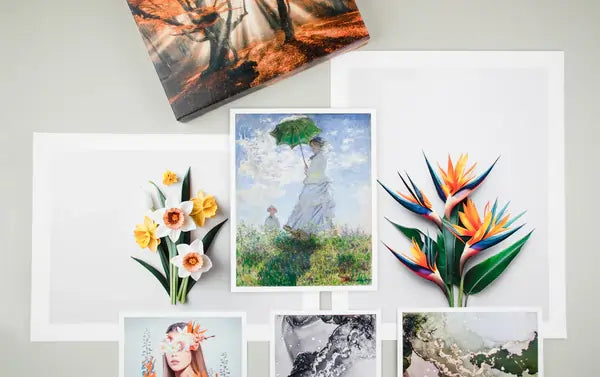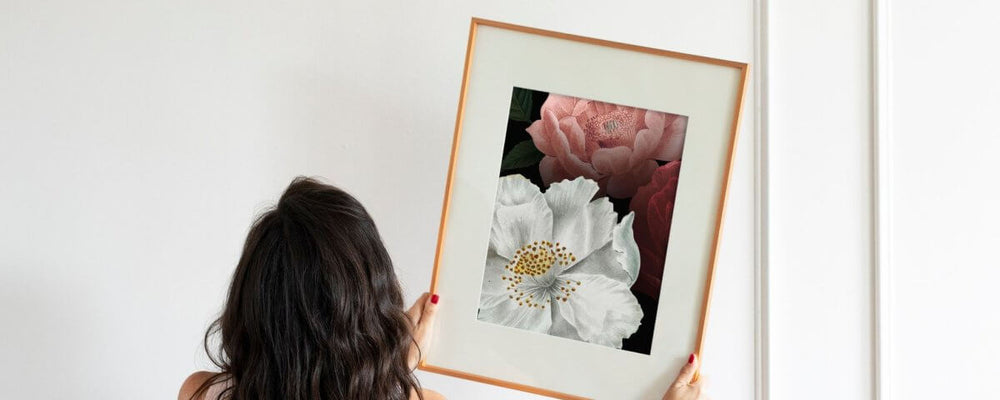Are you an artist struggling with how to price art? You're not alone! Determining the perfect price for your artwork can be a challenging process. In this blog post, we will discuss five essential tips to help you correctly price your art prints, ensuring you balance profitability and accessibility to potential buyers.
Understand Your Costs
The first step in how to price art is understanding your production costs. Consider the cost of materials, such as paper, ink, packaging, and other expenses like shipping and labor. It's crucial to factor in these costs before determining your final price, as it will give you a clear picture of your break-even point and help you decide on a markup.
How Do I Price My Art?
Another crucial aspect of how to price art prints is researching the market and evaluating similar artwork. Look for artists with similar styles, techniques, and subject matter to understand the average price range. You can use online platforms, galleries, and art fairs as resources to gather this information. Again, understanding the market lets you make informed decisions and price your artwork competitively.
Consider Your Reputation and Experience
Your reputation and experience as an artist play a vital role in determining the value of your art prints. If you're an established artist with a solid following, you may be able to charge higher prices for your artwork. Conversely, if you're a newcomer to the art world, it might be best to start with more accessible prices to attract potential buyers. Remember that your prices can always be adjusted as your reputation grows.
Art Print Pricing: Assess the Edition Size and Exclusivity
Due to scarcity, limited edition prints are typically more valuable than open edition prints. Therefore, when considering how much to charge for art prints, think about the size of the edition and the exclusivity of the artwork. Limited edition prints should generally be priced higher than open edition prints, as collectors often value the piece's rarity. However, balancing exclusivity and affordability is essential, ensuring your artwork is still accessible to a broader audience.
Be Flexible and Reevaluate Regularly
The art market is constantly evolving, and it's essential to be flexible with your pricing strategy. Regularly review and reevaluate your prices, considering any changes in the market, your growing reputation, or fluctuations in your costs. Being adaptable and open to change will help you stay competitive in the ever-changing art world.
How to Price Prints for Profit
Correctly pricing your art prints is a delicate balance between understanding your costs, researching the market, assessing your reputation, considering edition sizes, and remaining flexible. By following these five essential tips, you can confidently price your artwork, ensuring you maximize your profits while providing value to your customers. Remember that pricing art prints is an ongoing process, and adapting and reevaluating your strategy as you grow and evolve as an artist is crucial.
For further reading, check out our guide on what is unstretched canvas and our article on stretched canvas vs canvas board.






Leave a Comment